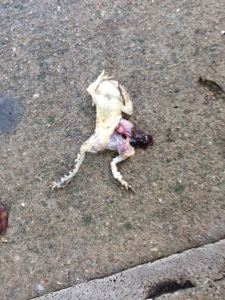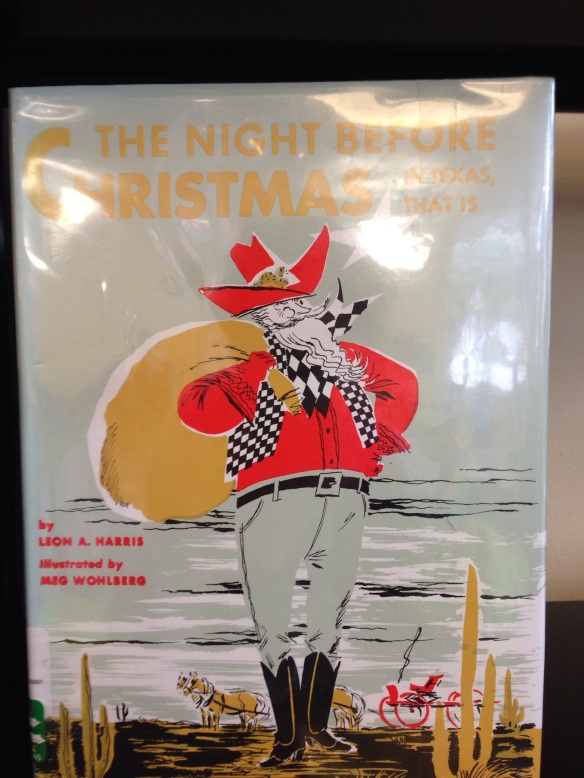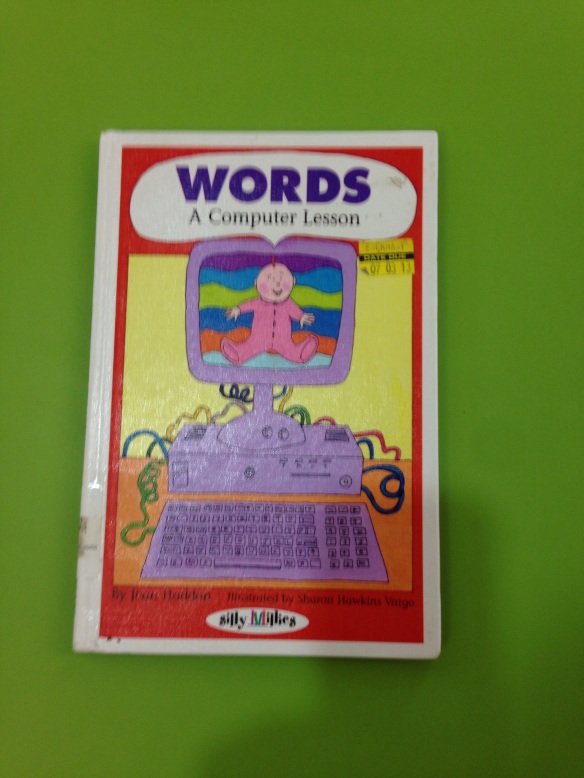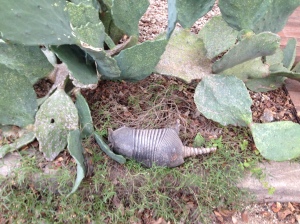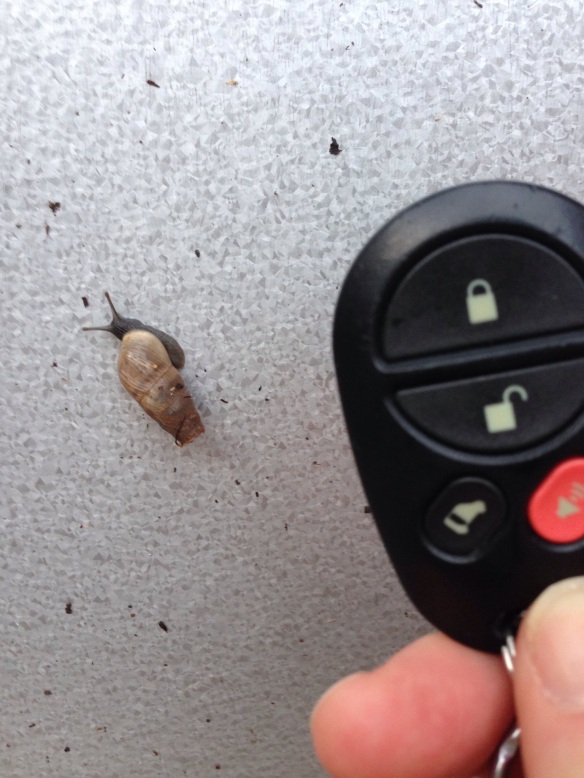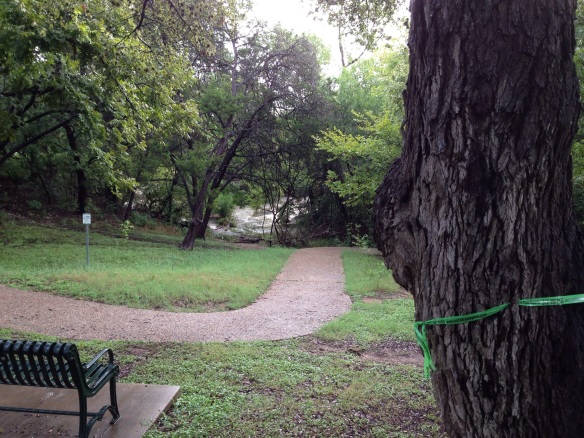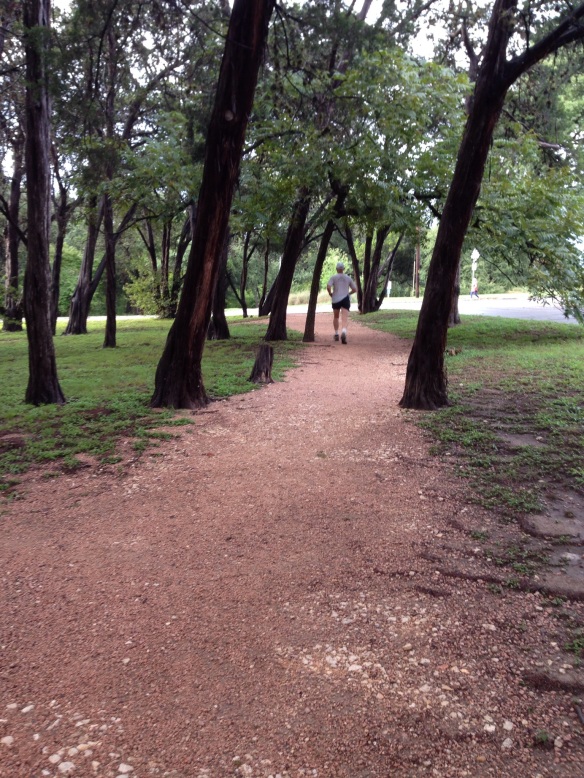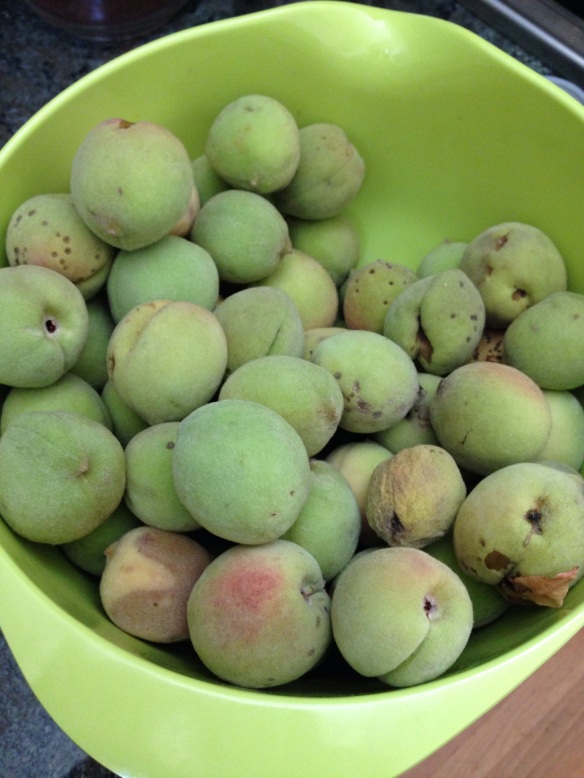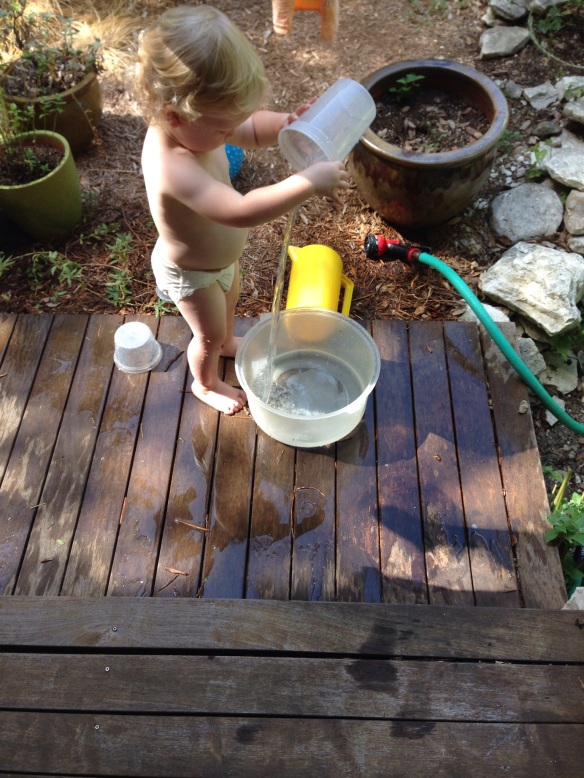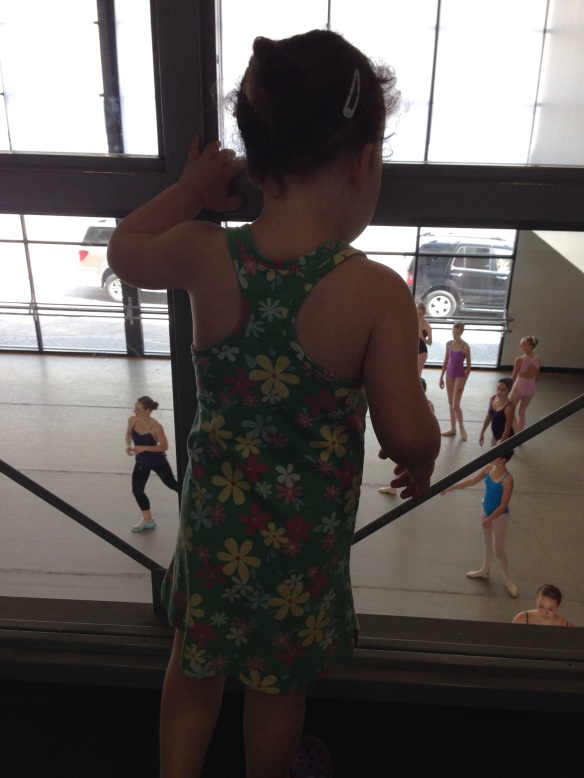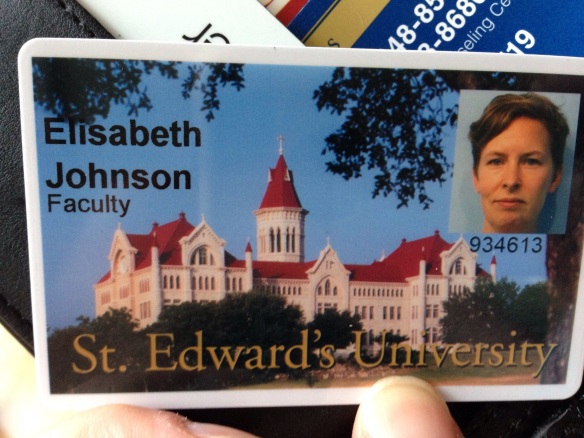Inspired by educators’ rapid, pro-active response to violent clashes in Charlottesville on August 12, 2017 I got together with 11 inspirational folks planning to work with some of the #charlottesvillecurriculum in Austin K-12 classrooms.

Elizabeth Roussos, Ginger Gannaway, Elena Galdeano, Ashley Muir, Kelley Gregg, Kaylyn Brune, Amber West, Janie Lewicki, me, & Crystal Fox + missing Natalie Becerra & kris sloan who left for class 😦
We started off with J Smooth because he gets us ready to disagree productively; to name and deconstruct racism in everyday conversations.
We moved to a choral reading of Jensen’s provocative opinion editorial “Why the US Will Never Transcend White Supremacy” in an August 20, 2017 issue of the Austin American Statesman (curated by our savvy Literacy Circle Mentor Ginger Gannaway), as he illustrates the ways US economic prosperity is built on a legacy of white supremacy. He challenges teachers to deconstruct and counter this white supremacy in their classrooms. We think high school students could have a thoughtful discussion about this op-ed and might identify the myriad places they see the legacy of white supremacy operating in society and daily actionable steps.
To locate the #charlottesvillecurriculum activities in time and place, we analyzed a Southern Poverty Law Center timeline of confederate monument installations 
and an infographic map of states where confederate monuments are located.

We listed additional events we think lend context to the August 12, 2017 violent clashes that resulted in the injuries of 19 and the death of 1 counter protestor.

We moved to an activity titled, “The Story Behind the Photo” created by @jarredamato, which asks us to caption and predict the story behind this photo.

Amato asks us to read a first person account from one of the photo’s central figures, Corey Long, and invites us to discuss what we can learn from primary as well as the importance of interrogating their production.
We segued from small groups to sharing ways we would integrate, modify, build on and beyond this activity.
We closed distributing children’s and YA books and another photo analysis activity curated from lists in the #charlottesvillecurriculum feed. Teachers also picked up a copy of Southern Comfort by James McPherson who summarizes and locates some of the crucial arguments in Gary Gallagher’s The Myth of the Lost Cause and Civil War History.
We think this video narrated by Colonel Ty Seidule, West Point Professor of History is a useful text for translating some of the article’s ideas about Civil War myths for students.
I look forward to our next sessions together this semester and would love to hear stories of #charlottesvillecurriculum in YOUR classrooms!



